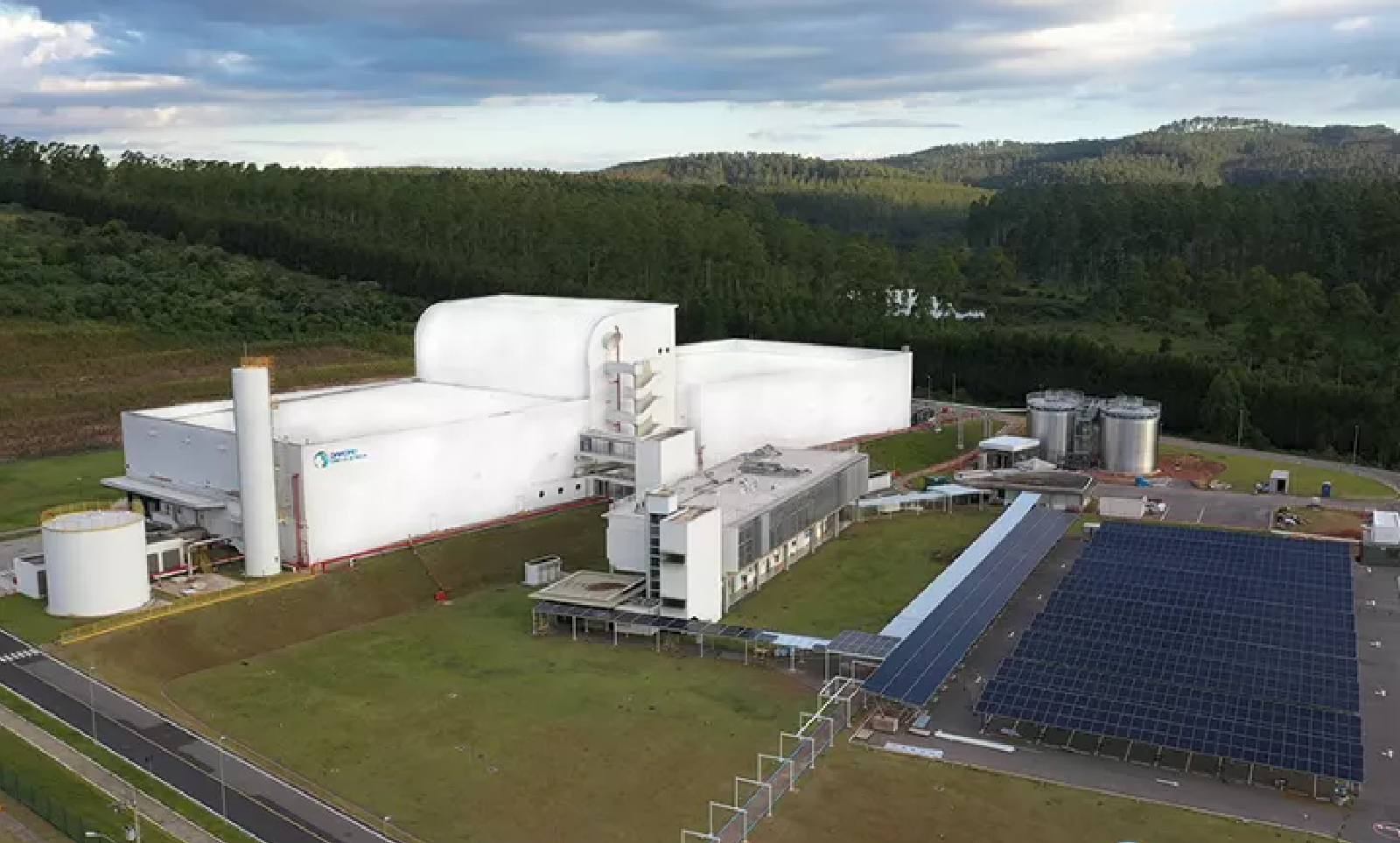info@agilepoint.eu
Why Your Business Needs a Dynamic Process Orchestration Platform
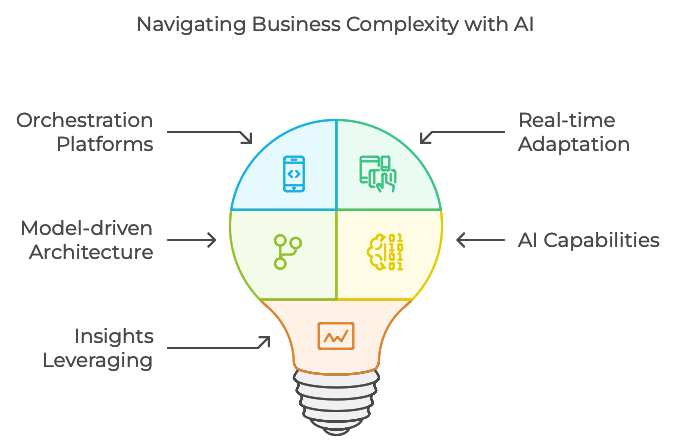
In an age of rapid technological shifts, businesses increasingly rely on automation and AI agents to handle complex tasks. Yet, true digital transformation requires more than task automation; it demands adaptable, model-driven orchestration that can manage dynamic processes with real-time, in-flight adaptations. Here’s why a business orchestration platform built on a model-driven architecture is essential:
1. Dynamic Process Execution in Real Time
Modern business processes are rarely static. Customer needs, market conditions, and regulatory landscapes can change at any moment, demanding immediate adjustments to operational workflows. Unlike traditional workflows, a business orchestration platform with real-time capabilities can adapt on the fly. This means workflows respond dynamically to events as they unfold—whether shifts in supply chain timelines, customer interactions, or financial forecasts.
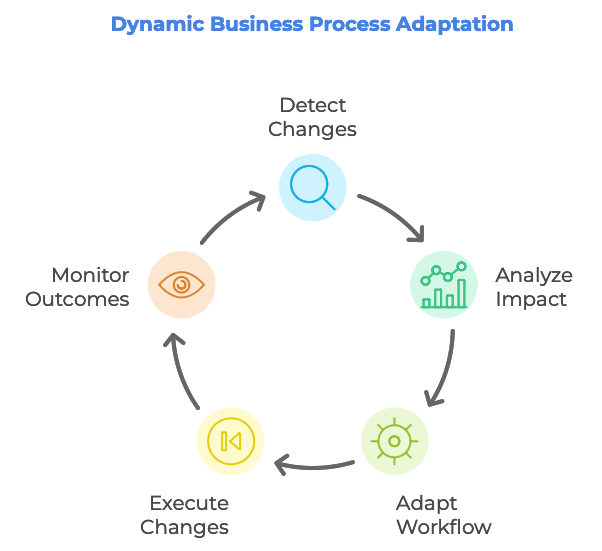
For example, an AI-driven customer service workflow could detect changing sentiment in a customer interaction and immediately adapt by reallocating resources or escalating the issue, all without interrupting the customer journey. This agility ensures that AI agents and processes remain aligned with organizational priorities and client expectations.
2. In-Flight Adaptation: Making Adjustments Mid-Execution
The ability to adjust processes mid-execution (or "in-flight adaptation") allows businesses to keep workflows relevant and resilient. Imagine a scenario where a supply chain process encounters a disruption: a model-driven orchestration platform can re-route or adjust resources instantaneously, leveraging AI insights to guide optimal decision-making. Traditional systems would either fail or require extensive re-coding, while this model-driven approach allows processes to pivot smoothly, reducing downtime and keeping the business running efficiently.
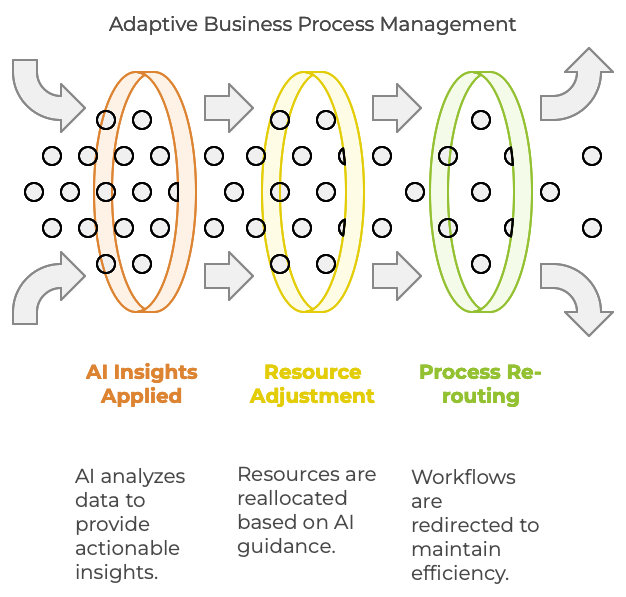
3. Model-Driven Architecture: Building Intelligent, Code-Free Solutions
A model-driven architecture enables non-technical stakeholders to design, adapt, and optimize processes without deep coding knowledge. This design-centric approach abstracts complexity and builds workflows through configurable models, allowing businesses to scale and evolve their systems rapidly.
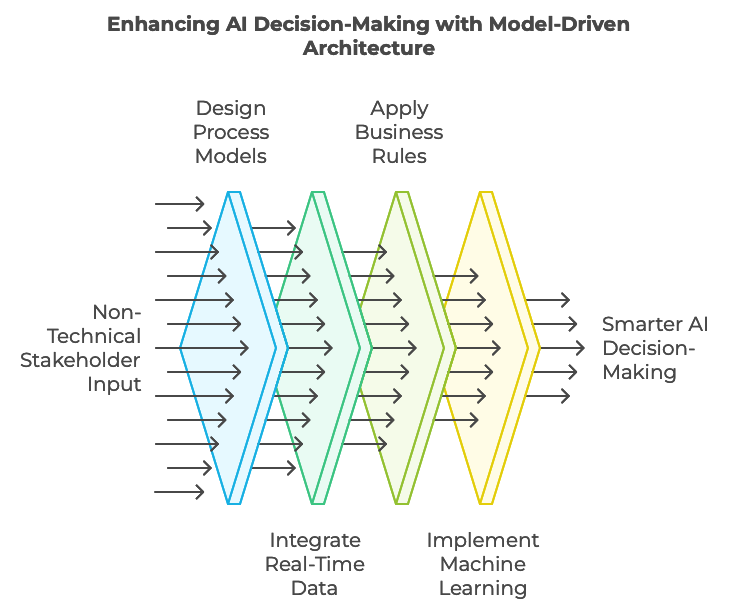
For AI agents, this architecture is especially powerful. Instead of embedding rigid code, AI workflows can draw from adaptable models, including real-time data flows, contextual business rules, and machine-learning feedback loops. This empowers AI agents to execute tasks based on a structured but adaptable framework, promoting smarter decision-making, compliance, and scalability.
4. Supporting AI Agents in a Cohesive System
Orchestration platforms bring together various AI agents into a unified ecosystem, making them more effective. In marketing, for example, an AI-driven system might dynamically adjust content delivery based on customer behavior or sentiment analysis data. A business orchestration platform can seamlessly connect these agents to other systems—CRM, analytics, and content management—creating an adaptable workflow that adjusts based on real-time feedback and drives a cohesive experience.
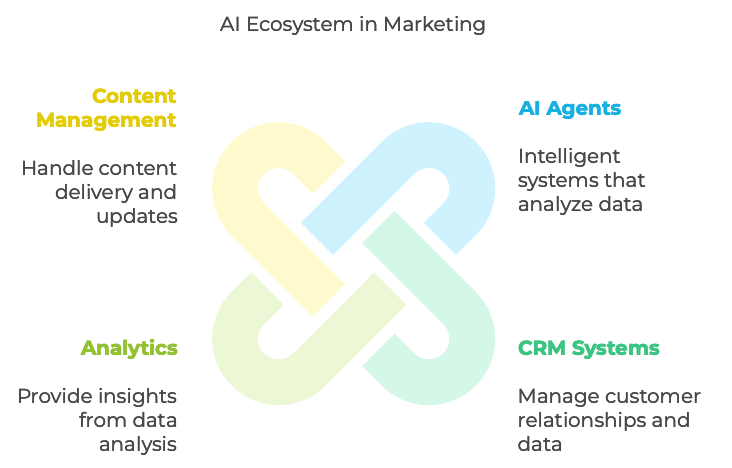
5. Future-Proofing Your Business with AI-Oriented Adaptability
As AI and machine learning become embedded across functions, businesses must be prepared to handle increasing complexity. Orchestration platforms with real-time, in-flight adaptation and a model-driven architecture provide this capacity by enabling companies to respond to new technologies, integrate novel AI capabilities, and leverage insights as they emerge—all without rebuilding workflows from scratch.
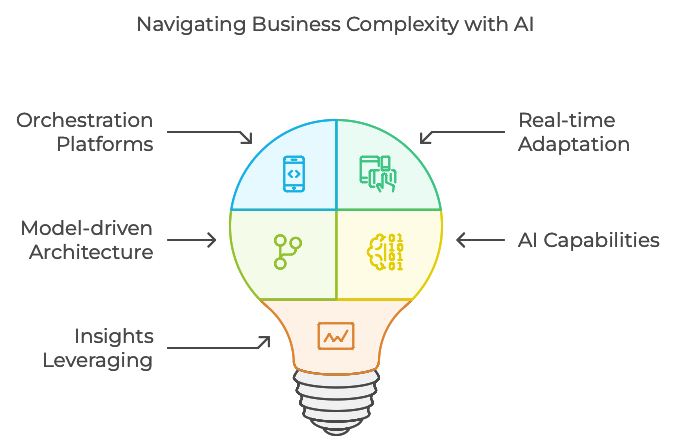
Conclusion
A business orchestration platform with real-time, in-flight adaptability and model-driven architecture is indispensable for future-ready enterprises. By making processes dynamic and AI-ready, this platform ensures that businesses remain agile, responsive, and capable of scaling innovation to meet both present demands and future opportunities.
Interested in full case?
Download full case
We will get back to you as soon as possible.
Please try again later.
Discover our other cases

Let’s kick-start the ’Ultimate Double Move’ for your organization.
Lorem ipsum dolor sit amet, consectetur adipiscing elit, sed do eiusmod tempor incididunt ut labore et dolore magna aliqua. Orci porta non pulvinar neque laoreet suspendisse interdum consectetur. Non enim praesent elementum facilisis leo.

AgilePoint BV - Zeedijk 133 B 3 - 8400 Oostende - Belgium - BE 0843.220.703 - Privacy Page







